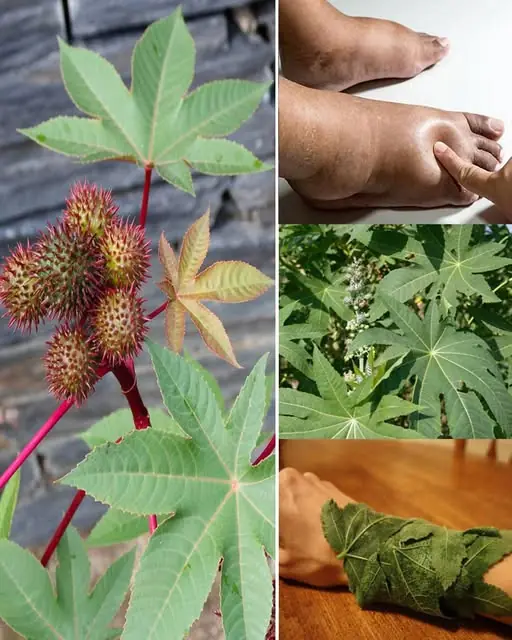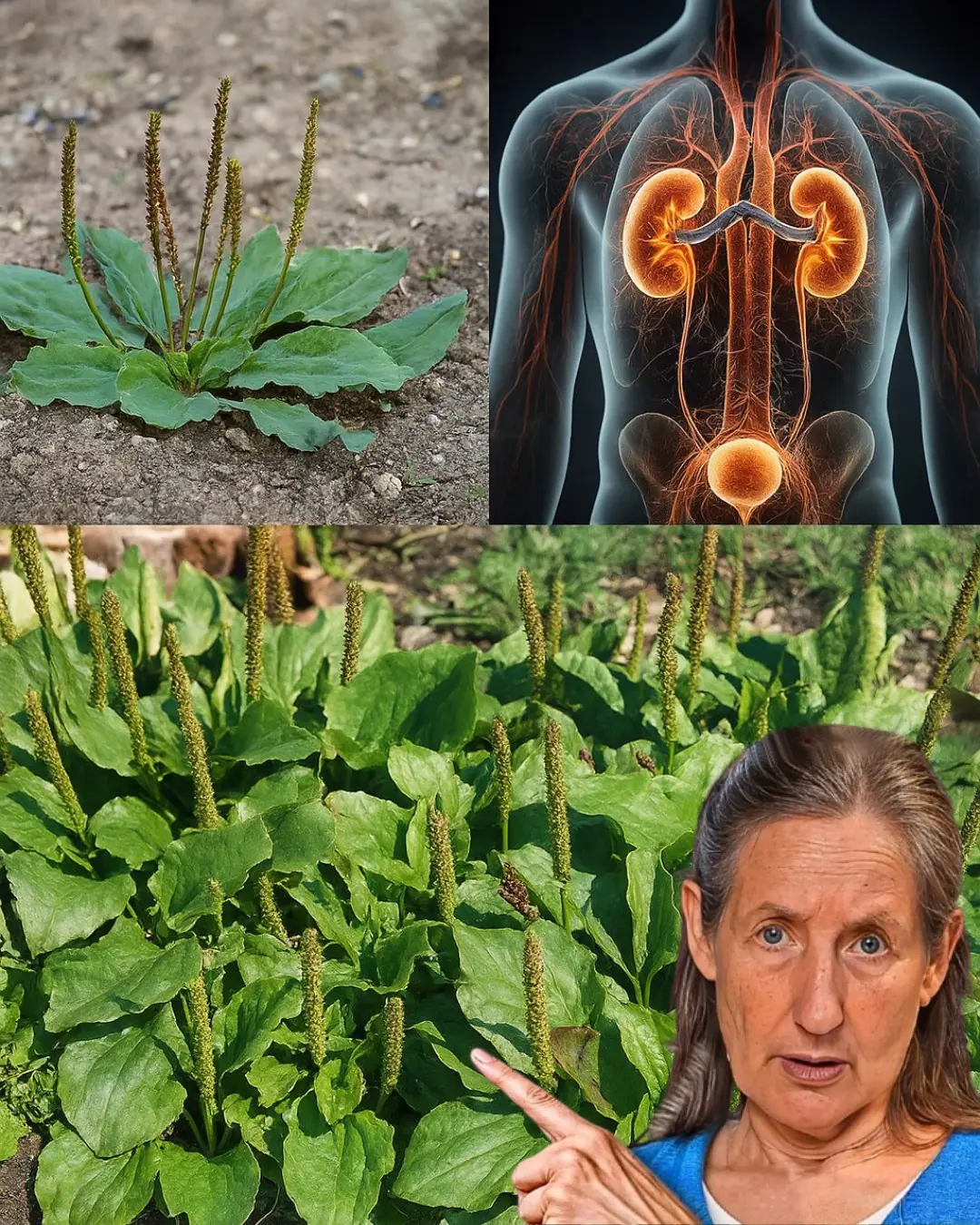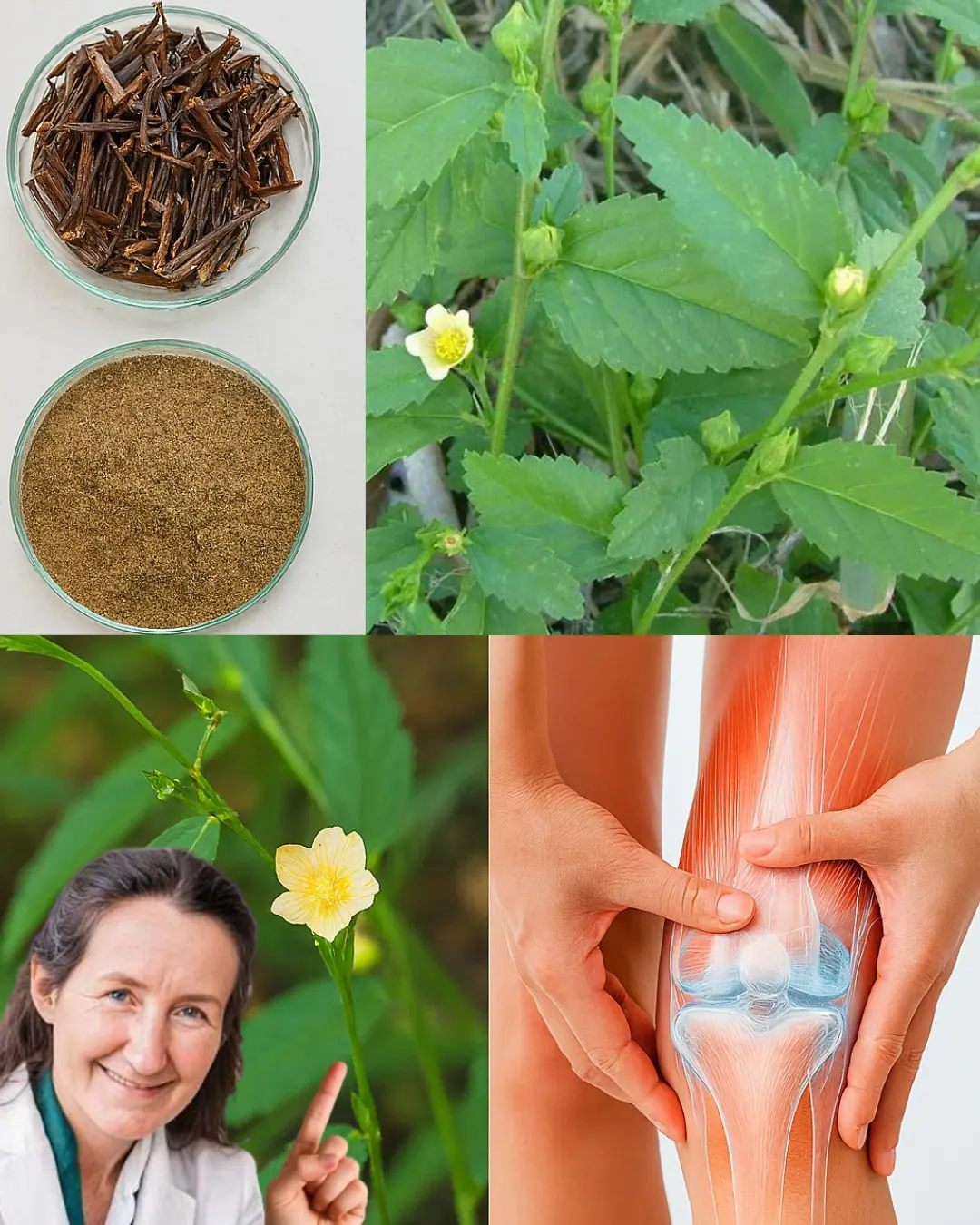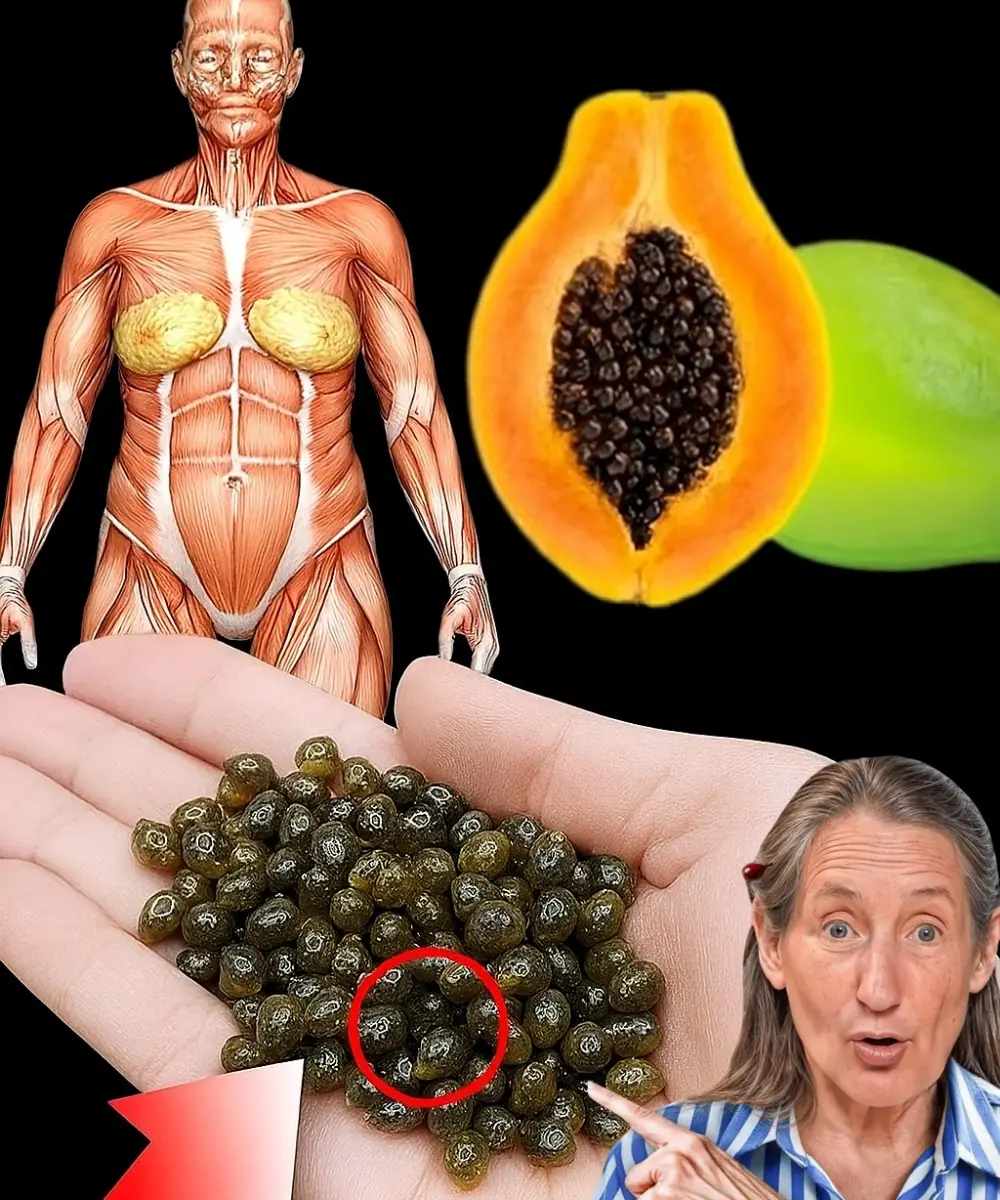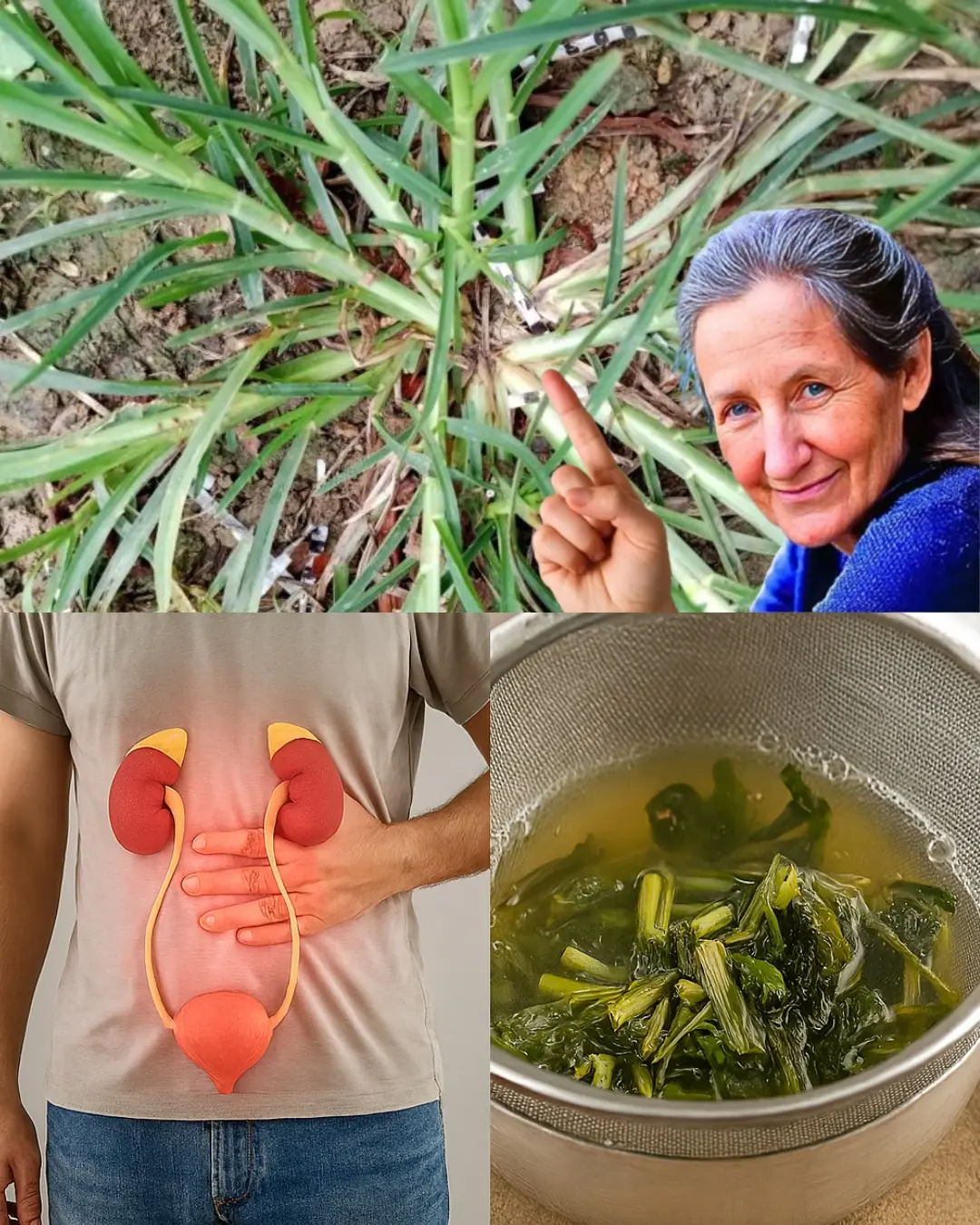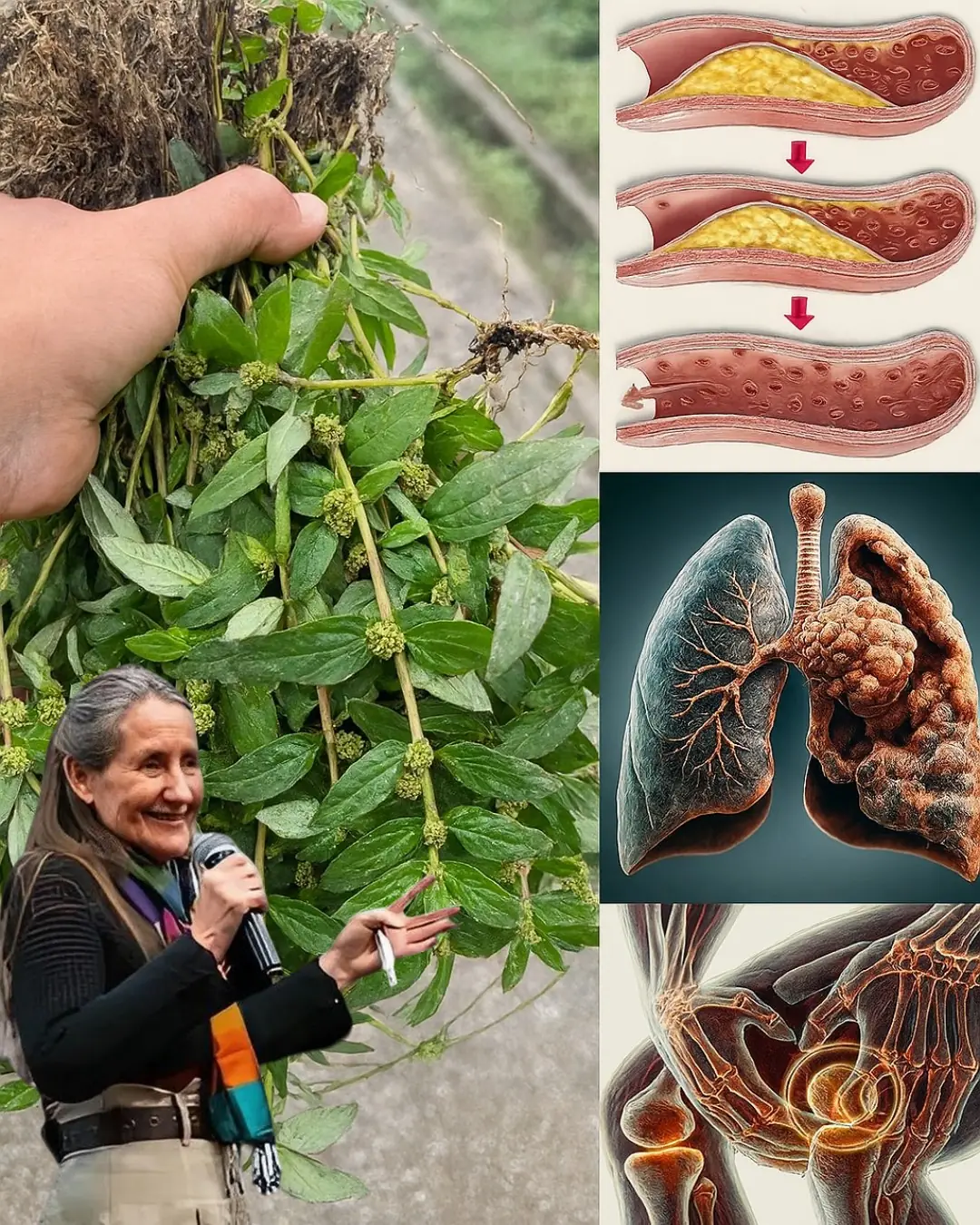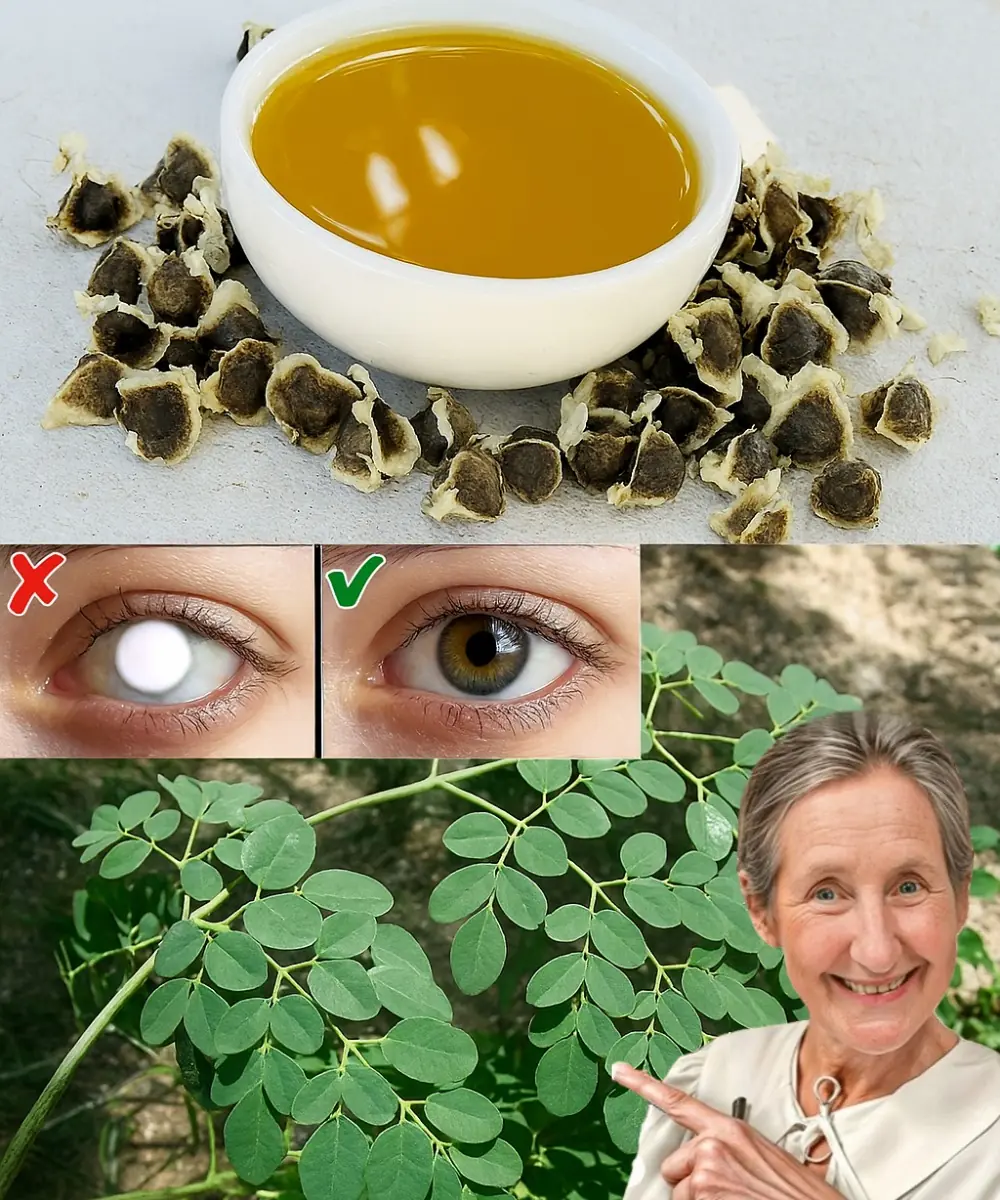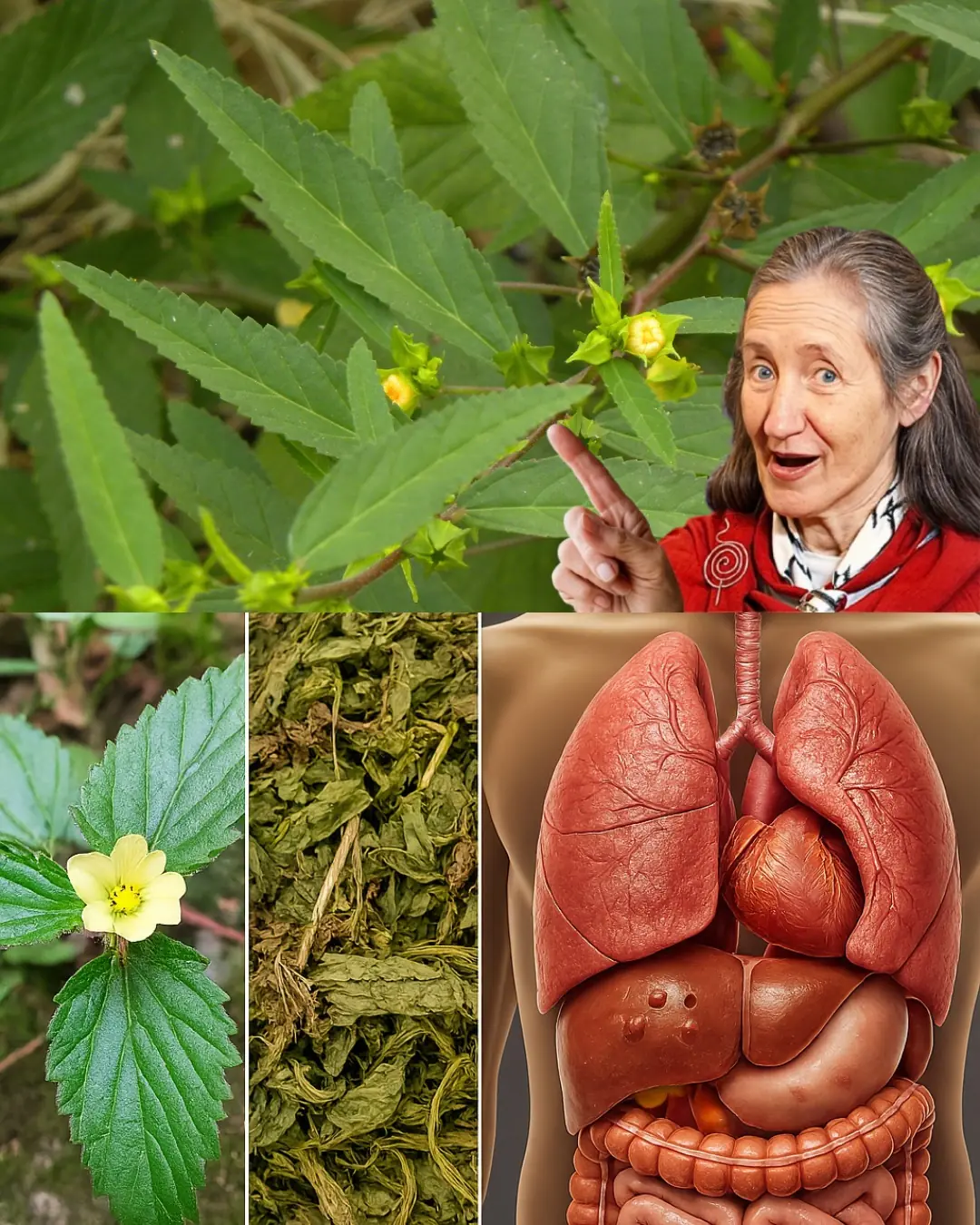
Imagine a plant so unassuming yet brimming with potential that it has quietly shaped ecosystems, cultures, and even modern science. Sida acuta, commonly known as common wireweed, is that plant—a humble, wiry green marvel that thrives in the wild and holds secrets waiting to be explored. What makes this plant so special? Why has it captured the attention of botanists, herbalists, and ecologists alike? Dive into the captivating world of Sida acuta, and discover why this overlooked gem deserves your attention.
A Plant with a Global Footprint
Sida acuta is no ordinary weed. Belonging to the Malvaceae family, this flowering plant is believed to have originated in Central America but has since conquered the globe with its pantropical distribution. From the sun-soaked fields of Africa to the lush landscapes of Southeast Asia, this resilient undershrub thrives in diverse climates, earning both admiration and scrutiny. Its ability to adapt to various environments makes it a fascinating subject for anyone curious about nature’s resilience.
This plant’s global journey is a testament to its hardiness. It grows in disturbed soils, along roadsides, and in pastures, often unnoticed by passersby. Yet, beneath its modest appearance lies a complex network of traits that make it both a survivor and a subject of scientific intrigue. Its cylindrical, branched stems and lanceolate leaves may seem simple, but they are engineered by nature to endure and flourish.
The Anatomy of Resilience
🌱 Sida acuta’s physical characteristics are a marvel of natural design. Standing as an erect undershrub, it boasts mucilaginous juice that aids its survival in harsh conditions. Its leaves, alternate and simple, range from lanceolate to linear, with coarsely serrated edges that give it a distinctive texture. The plant’s small, clustered flowers—typically two to three in a group—are bisexual, regular, and adorned with a delicate beauty that belies their toughness.
The plant’s structure is a masterclass in efficiency. Its short petioles and free-lateral stipules ensure minimal water loss, while its reticulate venation supports optimal nutrient distribution. These adaptations allow Sida acuta to thrive in environments where other plants might falter, making it a symbol of resilience in the botanical world.
A Double-Edged Sword: Weed or Wonder?
⚖️ To some, Sida acuta is a troublesome weed, particularly in regions like northern Australia, where it is considered an invasive species. Its rapid growth and ability to colonize disturbed areas have led to efforts to control its spread, including the introduction of the beetle Calligrapha pantherina as a biological control agent. This perspective paints Sida acuta as a challenge to agricultural systems, competing with crops and altering ecosystems.
However, this plant is far more than a nuisance. In many cultures, Sida acuta is revered for its medicinal properties, offering a wealth of benefits that modern science is only beginning to understand. Its dual identity as both a weed and a wonder makes it a compelling subject, inviting us to reconsider our relationship with so-called “invasive” species.
A Treasure Trove of Medicinal Potential
💊 Across the globe, traditional healers have long recognized the therapeutic value of Sida acuta. From Africa to Asia, communities have harnessed its leaves, stems, and roots to treat a variety of ailments. The plant is rich in bioactive compounds, including alkaloids, flavonoids, and phenolics, which contribute to its pharmacological properties.
In traditional medicine, Sida acuta is used to address conditions ranging from fever and inflammation to digestive disorders and skin infections. Its leaves are often brewed into teas or applied as poultices to soothe wounds and reduce swelling. Modern research has begun to validate these uses, uncovering the plant’s anti-inflammatory, antimicrobial, and antioxidant properties. For instance, studies have shown that extracts from Sida acuta can inhibit bacterial growth, offering potential applications in combating antibiotic-resistant strains.
The plant’s versatility extends to its role in pain relief. In some cultures, it is used to alleviate headaches, joint pain, and even menstrual discomfort. Its ability to act as a natural analgesic makes it a valuable resource in regions where access to conventional medicine is limited. By bridging traditional knowledge with scientific inquiry, Sida acuta is emerging as a promising candidate for natural drug development.
Ecological Impact: Friend or Foe?
🌍 Sida acuta’s ecological role is as complex as its medicinal profile. As an invasive species in some regions, it can disrupt native ecosystems by outcompeting local flora. Its prolific seed production and ability to regenerate from cuttings make it a formidable colonizer, capable of transforming landscapes in a short time. In northern Australia, for example, its spread has prompted significant efforts to manage its impact on grazing lands.
Yet, Sida acuta also plays a positive role in certain ecosystems. Its deep root system helps stabilize soil, preventing erosion in areas prone to degradation. Additionally, its flowers attract pollinators like bees and butterflies, supporting biodiversity in regions where it is not considered invasive. This duality underscores the importance of context in evaluating the plant’s ecological contributions.
Understanding Sida acuta’s impact requires a balanced perspective. While it may pose challenges in some areas, its ability to thrive in disturbed environments can be harnessed for ecological restoration, such as reclaiming degraded lands or supporting pollinator populations.
Cultural Significance: A Plant with Stories to Tell
📜 Beyond its biological and ecological roles, Sida acuta holds a special place in the cultural tapestry of many communities. In traditional practices, it is not just a plant but a symbol of healing and resilience. In parts of Africa, it is woven into rituals and remedies, passed down through generations as a cornerstone of herbal medicine. In India, it is known by local names like “bala” and used in Ayurvedic treatments to promote vitality and strength.
These cultural connections add depth to Sida acuta’s story. They remind us that plants are more than biological entities—they are part of human history, shaping traditions and livelihoods. Exploring these stories invites us to appreciate the plant’s role in bridging cultures and fostering a deeper connection to the natural world.
The Science Behind the Magic
🔬 The growing interest in Sida acuta has spurred scientific research into its chemical composition and potential applications. The plant contains a range of bioactive compounds, including cryptolepine, an alkaloid with demonstrated antimicrobial and anticancer properties. These compounds are concentrated in the leaves and roots, making them prime candidates for pharmaceutical development.
Recent studies have also explored Sida acuta’s potential in treating conditions like diabetes and hypertension. Its antioxidant properties help combat oxidative stress, a key factor in many chronic diseases. By neutralizing free radicals, the plant’s extracts may offer protective effects against cellular damage, opening new avenues for preventive medicine.
The plant’s versatility extends to its potential as an insect repellent. In agricultural settings, its extracts have shown promise in repelling pests, offering a natural alternative to chemical pesticides. This application aligns with the growing demand for sustainable farming practices, positioning Sida acuta as a valuable ally in the quest for eco-friendly agriculture.
Sida Acuta in Your Backyard: Practical Uses
🌱 For those inspired to explore Sida acuta’s potential, incorporating it into daily life is easier than you might think. In regions where the plant grows naturally, its leaves can be harvested and dried for teas or infusions. These preparations can serve as a natural remedy for minor ailments like colds or digestive discomfort.
For gardeners, Sida acuta can be a low-maintenance addition to a herbal garden. Its resilience makes it easy to cultivate, requiring minimal care once established. However, caution is advised in areas where it may become invasive—consult local agricultural guidelines to ensure responsible cultivation.
The plant’s leaves can also be used in topical applications. Crushed fresh leaves can be applied to minor cuts or insect bites to reduce inflammation and promote healing. These practical uses make Sida acuta an accessible resource for those interested in natural remedies.
This image has an empty alt attribute; its file name is 54936050-2025-07-16T132855.712-819x1024.png
Challenges and Considerations
⚠️ While Sida acuta offers numerous benefits, it is not without challenges. Its invasive nature in some regions requires careful management to prevent unintended ecological consequences. Overharvesting for medicinal use can also strain wild populations, highlighting the need for sustainable practices.
Additionally, while traditional uses are well-documented, not all applications have been rigorously studied. Consulting with healthcare professionals before using Sida acuta for medicinal purposes is essential, especially for individuals with pre-existing conditions or those taking medications.
A Call to Explore and Protect
🌟 Sida acuta is more than a plant—it is a testament to nature’s complexity and generosity. Its ability to thrive in adversity, heal communities, and inspire scientific discovery makes it a true powerhouse of the natural world. Yet, its story is still unfolding, inviting us to explore its potential while respecting its ecological impact.
As you reflect on this remarkable plant, consider how it challenges our perceptions of “weeds” and their value. Whether you’re a botanist, a gardener, or simply curious, Sida acuta offers a window into the intricate dance of nature and human ingenuity. Take a moment to look for it in your surroundings—its unassuming presence may just spark a newfound appreciation for the hidden wonders around us.
By embracing the lessons of Sida acuta, we can cultivate a deeper connection to the natural world, one that honors resilience, curiosity, and the endless possibilities of discovery. So, the next time you encounter this wiry green marvel, pause and consider: what other secrets might it hold?
